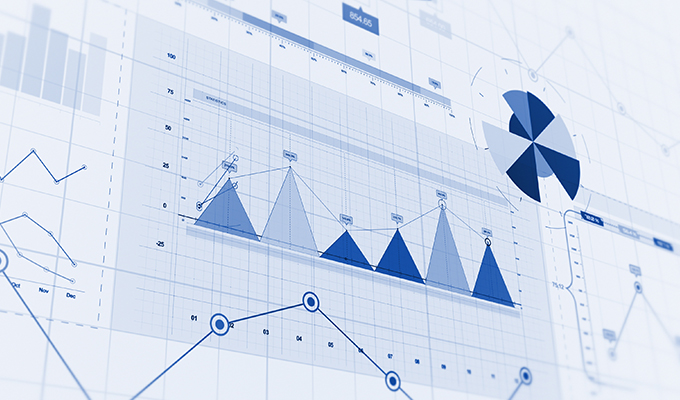By Jenn Said
From job costs to material quantities and equipment usage to labor and production stats, construction projects produce significant amounts of data. While most contractors realize the value of this data for tracking and completing projects on budget and on time, increasing profits, and making smarter business decisions, turning such high volumes of data into actionable insights can be overwhelming.
Today, advances in technology provide contractors with real-time information and a single source of truth across the business. By moving from manual processes and spreadsheets to modernized operations, it’s easier to collect, analyze, and share data.
DATA TRANSFORMATION
“As contractors become more tech-savvy and have seen what other industries are able to do with data, the demand for a data transformation in construction has increased,” says Matt Harris, chief product and strategy officer for Viewpoint, a construction technology company providing collaborative accounting and project management solutions. “With technology for data sharing and visualization, contractors can establish and track key performance indicators (KPIs) in real time and through comparing and analyzing those KPIs, make discoveries that lead to more profitable projects.”
However, even contractors who use best-in-class data gathering tools with integrated field and office data are often unsure of how to best use data. Which metrics are the most important and which are just noise? Harris advises contractors to identify what’s most important to their business and then make data sets for tracking KPIs that move the business in that direction.
Although KPIs are not one-size-fits-all and should tie back to core values, vision, and goals, Harris suggests these basic KPIs can be a strong starting point toward making good use of project data:
Budget. This will help determine if a project is profitable. Harris suggests comparing budget variance, budget line items, estimated budget and estimated revenue for a bird’s eye view of a project’s financial status and to understand if budget and resource quotes should be adapted.
Quality. Tracking KPIs for quality can help determine which project types are most profitable. They should include rework in dollars, the number of errors or rework needed and customer satisfaction scores.
By tracking quality KPIs, Massachusetts-based Interstate Electrical discovered that some project types weren’t ideal to pursue. “For more than 50 years, we consistently took on certain types of projects,” Steven Drouin, director of information technology says in a recent e-book on KPIs in the construction industry. “When we looked at quality data over time, some of those project types were actually not that profitable. So, we monitor project types to track profitability.”
Effectiveness/efficiency. Much like the dashboard on a car, these KPIs show how well a company is actually running. Effectiveness and efficiency KPIs include the number of completed projects, the number of canceled projects, percentage billed, and quantity of change orders.
According to Harris, effectiveness and efficiency KPIs can be used on individual projects or across a company over time. Interstate Electrical applies these KPIs to compare billing versus collecting to ensure better cash flow project-by-project, customer-to-customer, and companywide.
Time and resources. Understanding effective or ineffective resource utilization and capacity can increase productivity and profits. Tracking time and resources helps Interstate Electrical establish a project capacity that will keep all of its employees working full time year-round.
These KPIs could include the percentage of a project that is complete, the amount billed compared to the total contract value, estimated versus actual hours worked, and available resource hours in comparison to estimated hours at any given time.
EXTRACTING VALUE
The first step to extracting value from project data is replacing disconnected systems for accounting, project management, HR, field management, and others that often produce inaccurate and duplicate data. Implementing a single, integrated, cloud-based software solution allows contractors to achieve real-time data sharing and the ability to do more with it. From enhanced reporting tools to detailed data analytics, dashboards and visualizations, modern, integrated software packages provide a single source of truth and the ability to realize true construction intelligence.
CLOSING THOUGHT
With the right systems in place and the ability to effectively manage the sheer amount of data available today, there are endless KPIs contractors can measure. Harris advises that, “Most KPIs aren’t useful in a vacuum. It can be harmful to focus too much on a single set of KPIs. However, with an understanding of which KPIs to track and the ability to compare those metrics, contractors can effectively use the data on hand with tailored KPIs to move the needle on meeting their goals.”
about the author
Jenn Said is a freelance writer covering the construction industry.
Modern Contractor Solutions, May 2020
Did you enjoy this article?
Subscribe to the FREE Digital Edition of Modern Contractor Solutions magazine.



